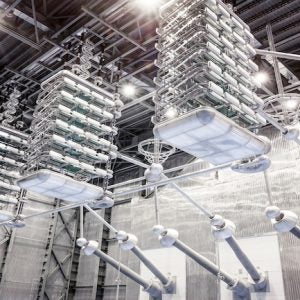Wellington-based Transpower New Zealand Ltd, the national grid operator, is to modernise and increase the capacity of the existing high-voltage direct-current (HVDC) link between the country’s North and South Island and has awarded the contract to Siemens Energy . For the ‘Inter Island Connector Pole 3’ project Siemens will supply two turnkey converter stations, replacing the existing rather aged converters with modern valves. The investment volume for the overall project is EUR327 million, of which about half is for the Siemens contract.
The aim is to raise the capacity of the existing HVDC system in increments over the next few years from 700 MW to 1400 MW. This is intended to ensure reliable power supply with minimal losses and to further stabilise New Zealand’s grid. Siemens is due to complete modernisation and expansion of the HVDC system by late 2013.
In the course of the multistage conversion and uprating of New Zealand’sr 570 km link – of which 40 m is a subsea cable link across the Cook Strait – Siemens will replace the existing converter technology (mercury arc rectifiers) with advanced light-triggered thyristor valves. This will involve the installation of two 700-MW turnkey converter stations in the two HVDC substations at Haywards, located north of Wellington, and Benmore on South Island. Siemens will also expand the 220 kV outdoor switchyards of the two substations and replace the existing instrumentation and controls of part of the system with Simatic TDC, its latest generation HVDC instrumentation and control system. It is planned to increase the capacity of the HVDC link to 1000 MW by 2012, 1200 MW by 2014 and 1400 MW by 2017.
Siemens will also supply a static reactive-power compensation system based on its new SVC Plus (Static Var Compensator) technology for grid stabilisation. It will be installed in the Haywards substation and operate with voltage-sourced converter (VSC) technology, and can be continuously controlled with the aid of insulated-gate bipolar transistors (IGBTs). The scope of supply also includes the converter transformers, smoothing reactors, protection and I&C systems, and AC and DC filters.
“The intention is that the new HVDC and FACTS technology will also increase grid ‘intelligence’ in line with a smart grid,” said Udo Niehage, CEO of the Power Transmission Division of Siemens Energy.
The HVDC system in New Zealand is the second power transmission project that Siemens has won in the region. The first project was the 290 km “Basslink” 500 MW HVDC subsea cable link between Tasmania and the Australian mainland.






